Fish are incredibly important creatures found in waters all over the world. They come in many different shapes, sizes, and colors, making them one of the most diverse groups of animals on the planet.
Fish play a crucial role in the environment by maintaining healthy ecosystems and providing food for other animals, including humans. They also have a big impact on the economy, as many people rely on fishing and aquaculture for their livelihoods.
Understanding the different types of fish is essential for appreciating their role in nature and their value to humans. From the popular goldfish to the powerful tuna, each species has unique characteristics and significance. This guide will help you explore the fascinating world of fish and learn more about their ecological and economic importance.
Goldfish Breeds
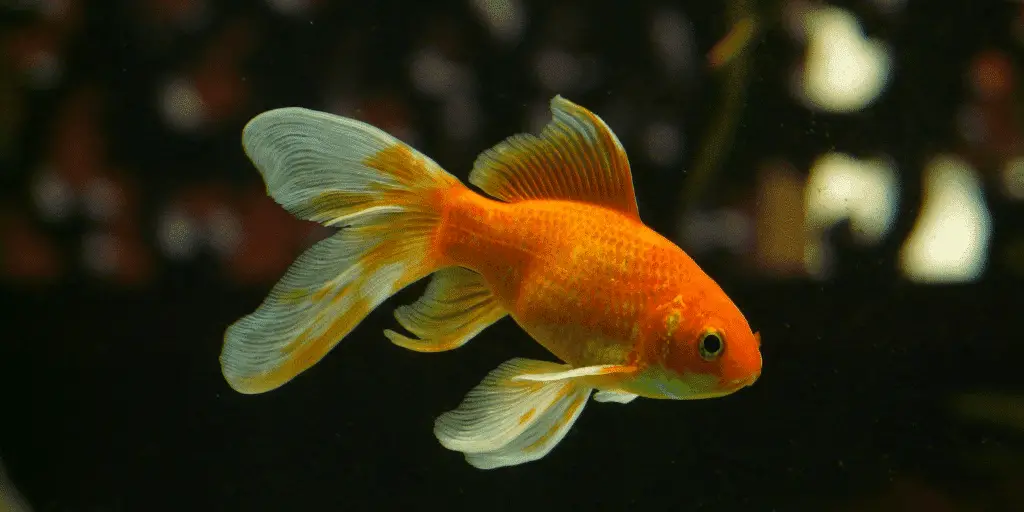
Goldfish are one of the most popular pets in the world. They are freshwater fish that have been bred for over a thousand years. There are many different types of goldfish, each with unique characteristics.
Common Goldfish are one of the most familiar breeds. They are long-bodied and usually orange, but they can also be red, white, yellow, or black. These fish are hardy and can live in both indoor aquariums and outdoor ponds.
Comet Goldfish are similar to common goldfish but have a longer, more deeply forked tail. They come in various colors like red, white, gold, and brown. Comet goldfish are very active and need large tanks or ponds to thrive.
Fancy Goldfish are known for their unique appearances. For example, Fantail Goldfish have a double tail fin and an egg-shaped body. They are slower swimmers and do better in indoor aquariums.
Oranda Goldfish are medium to short-bodied with a distinctive wen, which is a fleshy growth on top of their heads. They need a special diet to keep the wen from growing too large.
Each breed has specific needs, so it’s important to research and provide the right environment and diet for your goldfish. You can learn more about them here: Different Types of Goldfish Breeds.
Trout Species in North America
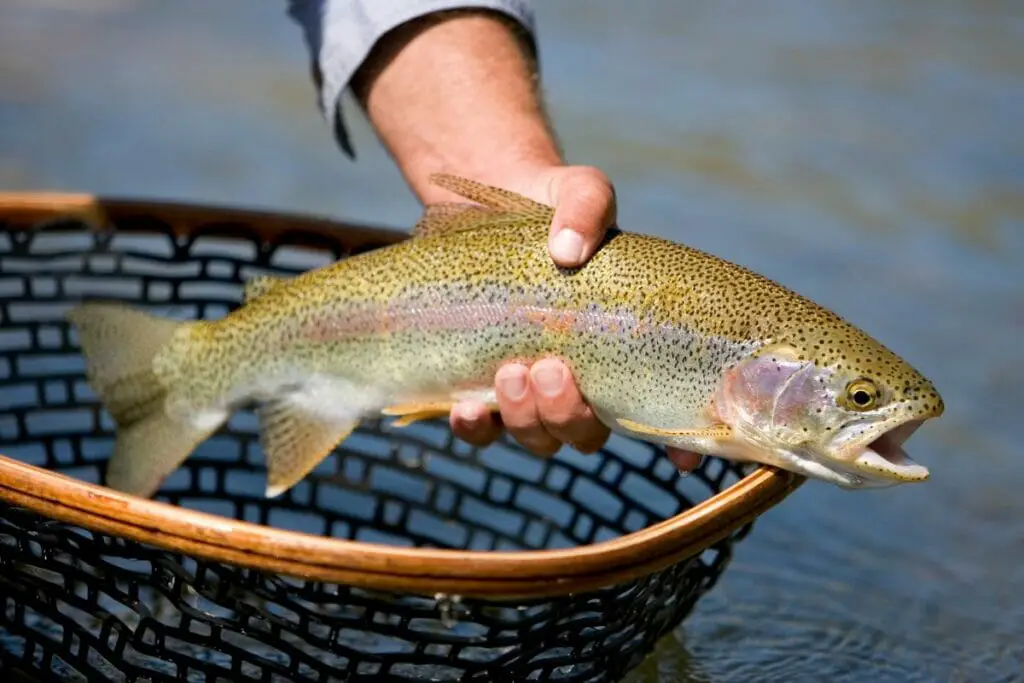
Trout are fascinating fish found in many rivers and lakes across North America. They live in various habitats, from cold mountain streams to large, deep lakes. Each species has unique features that make them special.
Rainbow Trout are perhaps the most well-known trout species. They have a bright pink or red stripe along their sides and black spots on their bodies and fins. Rainbow trout are native to the Pacific coast but have been introduced to many other places.
Brown Trout are originally from Europe but are now common in North America. They have brownish bodies with black and red spots. Brown trout can grow quite large and are found in various habitats, including rivers and lakes.
Brook Trout are native to the eastern United States and Canada. They are known for their beautiful, marbled patterns and red spots with blue halos. Brook trout prefer cold, clear streams and lakes.
Fishing for trout requires special techniques, like using the right bait and understanding their behavior. Conservation efforts are also important to protect trout habitats and ensure that these fish continue to thrive.
By following good fishing practices and supporting conservation, we can enjoy and preserve these amazing fish for future generations. Learn more about these fish here: Types of Trout Found in North America.
Carp Varieties from Around the World
Carp are a group of freshwater fish important in many cultures and aquaculture. They are found worldwide and are known for their adaptability and popularity in fishing.
Common Carp (Cyprinus carpio) are one of the most well-known species. Native to Europe and Asia, they have been introduced globally. They are hardy fish that thrive in various freshwater habitats and can grow quite large.
Grass Carp (Ctenopharyngodon idella) originate from China and are used to control aquatic weeds. They have long bodies and no barbels. Grass carp can grow very large, sometimes exceeding 100 pounds.
Mirror Carp are a variety of common carp with unique, irregular scales. Each mirror carp has a distinctive scale pattern, making them easily recognizable.
Koi Carp (Cyprinus rubrofuscus) are ornamental fish bred for their bright colors and patterns. They are popular in ponds and water gardens and come in many colors, including white, black, red, yellow, blue, and cream.
Bighead Carp (Hypophthalmichthys nobilis) are native to East Asia and are known for their large heads. They are filter feeders, primarily consuming plankton, and are popular in commercial aquaculture.
Silver Carp (Hypophthalmichthys molitrix) are also from East Asia and are known for their jumping behavior when startled. They are filter feeders and have become invasive in some regions, especially in North America.
Carp play significant roles in their ecosystems and are important in aquaculture and sport fishing. Understanding these diverse species helps in appreciating their ecological and cultural importance. Learn more about these fascinating fish here: Types of Carp from Around the World.
Angelfish: Freshwater and Saltwater Varieties
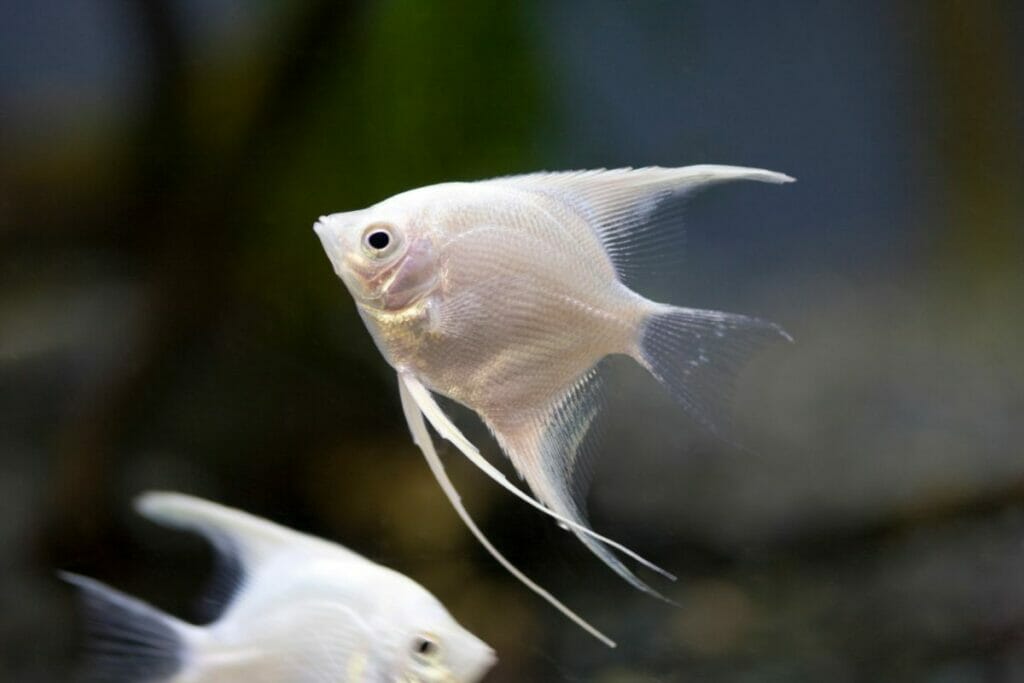
Angelfish are a popular choice for aquarium enthusiasts. These beautiful fish come in both freshwater and saltwater varieties, each with unique characteristics and care needs.
Freshwater Angelfish belong to the genus Pterophyllum and are native to the Amazon River in South America. They are known for their arrowhead-shaped bodies and long, flowing fins.
Common species include the Common Angelfish (Pterophyllum scalare), Altum Angelfish (Pterophyllum altum), and Leopold’s Angelfish (Pterophyllum leopoldi). Freshwater angelfish thrive in warm, slightly acidic water and need a tank with plenty of space and plants.
Saltwater Angelfish belong to the family Pomacanthidae and are found in tropical coral reefs. They are famous for their vibrant colors and complex patterns.
Popular species include the Queen Angelfish (Holacanthus ciliaris), Coral Beauty Angelfish (Centropyge bispinosa), and Flame Angelfish (Centropyge loriculus).
Saltwater angelfish require stable water conditions, large tanks, and a diet rich in sponges and algae. You can learn more here: Types of Freshwater and Saltwater Angelfish.
Tips for Keeping Angelfish
- Tank Size: Freshwater angelfish need at least a 20-gallon tank, while larger saltwater species may need up to 220 gallons.
- Water Conditions: Freshwater angelfish prefer soft, slightly acidic water with a temperature of 75-82°F. Saltwater angelfish need stable water parameters with a temperature of 73-84°F and a pH of 8.1-8.4.
- Diet: Feed freshwater angelfish a mix of high-quality flake food and live or frozen foods. Saltwater angelfish need a diet of sponges, algae, and meaty foods.
By providing the right environment and care, you can enjoy the beauty of angelfish in your home aquarium.
Common Tuna Types
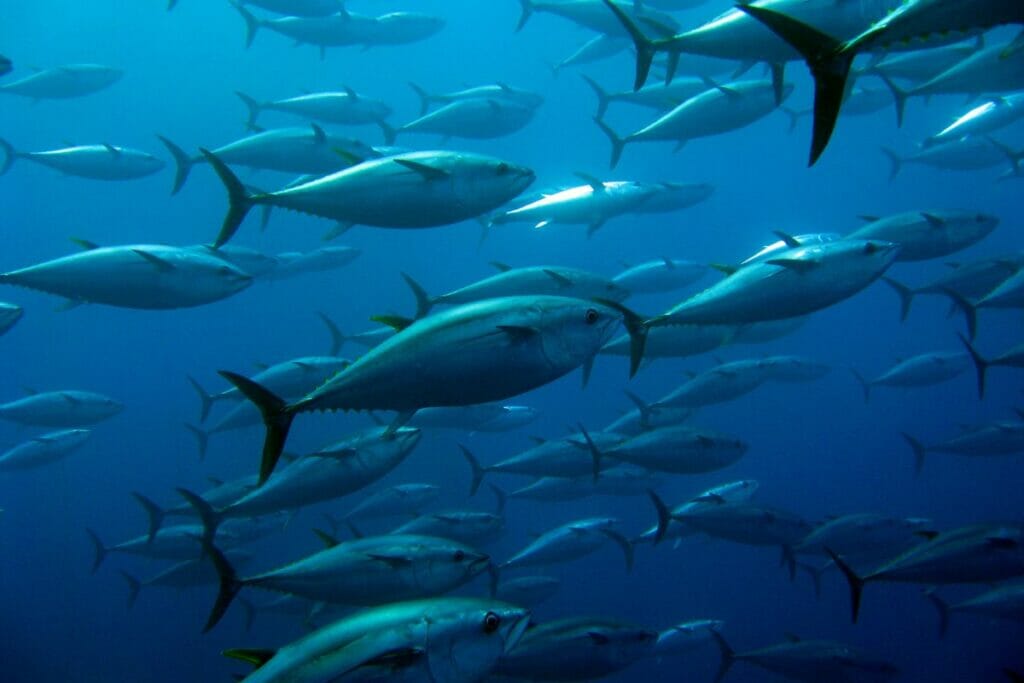
Tuna are highly important fish in both the culinary world and commercial fishing. They are prized for their delicious taste and nutritional benefits.
Bluefin Tuna are the most valuable tuna species. They are known for their high fat content and rich flavor, with dark red flesh that is perfect for sushi and sashimi. Bluefin tuna are found in both the Atlantic and Pacific Oceans and are highly migratory, traveling long distances across the seas.
Yellowfin Tuna, also called “Ahi,” have a lighter, pinkish flesh and a mild flavor. They are less fatty than bluefin tuna but are still very popular for sushi, grilling, and canning. Yellowfin tuna are found in tropical and subtropical waters around the world.
Albacore Tuna are known as “white tuna” due to their light pink flesh. They have a mild flavor and firm texture, making them a popular choice for canned tuna. Albacore are found in temperate and tropical waters and are known for their long fins.
Tuna are highly migratory and can be found in many parts of the world. They play a significant role in the global fishing industry and are a favorite in many cuisines.
However, it’s important to practice sustainable fishing to protect these valuable fish species for future generations. Learn more about different types of tuna here: Common Types of Tuna.
Koi Fish Varieties
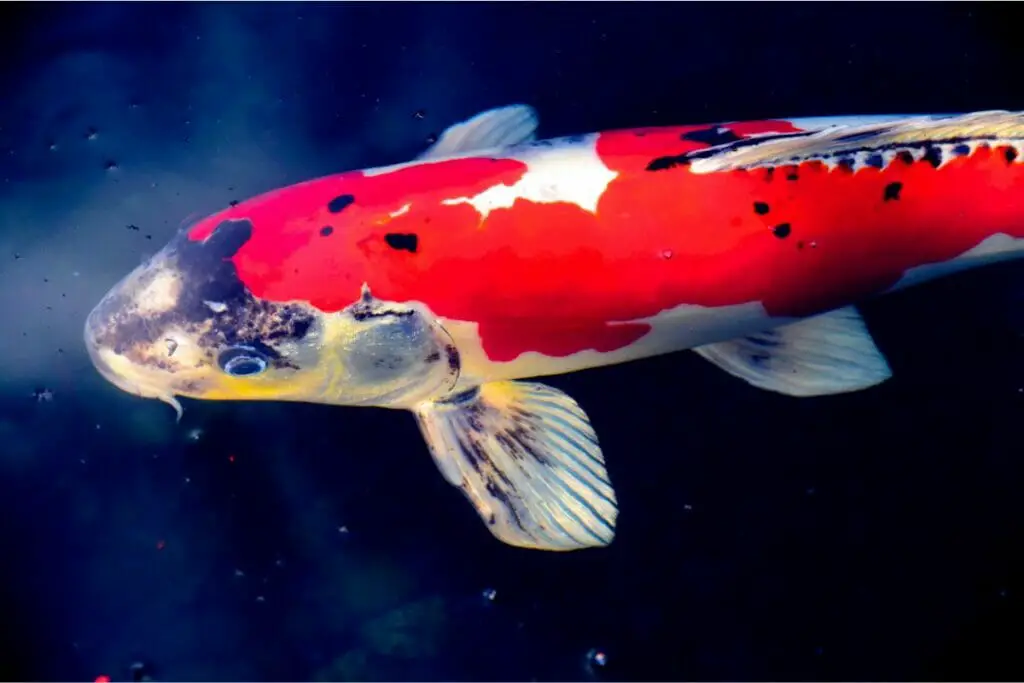
Koi fish, also known as Nishikigoi, are a type of ornamental carp bred for their beautiful colors and patterns.
Originating in Japan, koi hold great cultural significance, symbolizing strength and perseverance. They are popular worldwide for their beauty and the sense of peace they bring to garden ponds.
Kohaku koi are white with red markings. They are one of the oldest and most popular varieties. Their simple yet striking color pattern makes them a favorite among koi enthusiasts.
Sanke koi, or Taisho Sanke, are similar to Kohaku but have additional black markings. This variety adds a dramatic touch to any pond with its vibrant red, white, and black colors.
Showa koi, or Showa Sanshoku, have a black base color with red and white markings. Unlike Sanke, Showa have black on their heads, creating a bold and beautiful appearance.
Caring for koi involves maintaining clean water, providing a balanced diet, and ensuring a suitable pond environment. Koi breeding is an art, requiring careful selection of parent fish to produce desirable traits.
By providing proper care, these stunning fish can live for many years, bringing beauty and tranquility to any setting. Learn more about the varieties here: Types of Koi Fish.
Bass Species
Bass are popular fish among anglers for their sport and food value. There are different types of bass, each with unique characteristics and habitats.
Largemouth Bass are the most famous bass species. They have a large mouth that extends past their eyes and are light to dark green with horizontal blotches.
Largemouth bass prefer calm waters with plenty of vegetation and can be found in lakes, ponds, and rivers across North America.
Smallmouth Bass are known for their fighting ability. They have a smaller mouth that doesn’t extend past their eyes and are usually brown or bronze with vertical bars on their sides.
Smallmouth bass prefer clear, cool waters with rocky bottoms and are found in lakes and streams. Striped Bass are silvery with distinct horizontal stripes running along their bodies.
They can live in both saltwater and freshwater environments, such as coastal waters, rivers, and large lakes. Striped bass are known for their strong migratory patterns, often traveling long distances between spawning and feeding grounds.
Conservation efforts are important to maintain healthy bass populations, including habitat protection and sustainable fishing practices. These efforts ensure that future generations can enjoy bass fishing. Learn more about them here: The Different Types of Bass.
Conclusion
Fish are incredibly diverse, playing a vital role in both natural ecosystems and human economies. From the colorful goldfish in home aquariums to the powerful tuna that traverse the world’s oceans, each species has unique characteristics and significance.
Understanding the different types of fish enhances our appreciation of their ecological roles and economic contributions. By learning about various species like trout, carp, angelfish, and bass, we can better support conservation efforts and sustainable practices.

